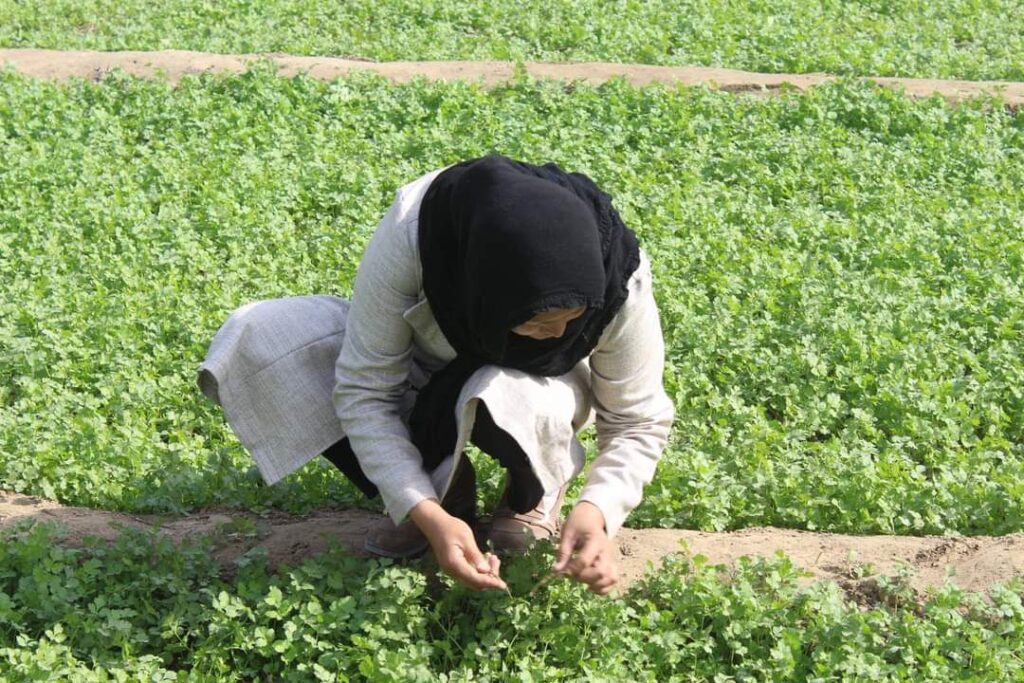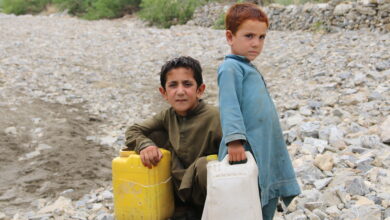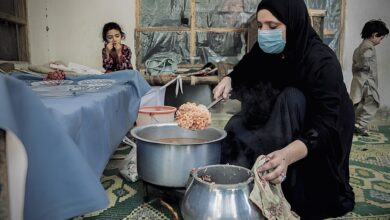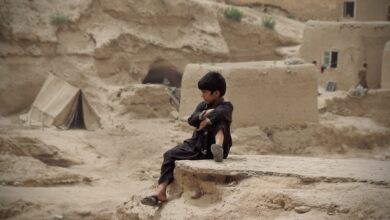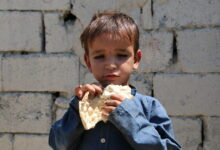Afghanistan's agriculture and food systems
Afghanistan’s agriculture, traditionally reliant on subsistence farming and livestock, has been severely disrupted by decades of conflict, leading to widespread food insecurity.
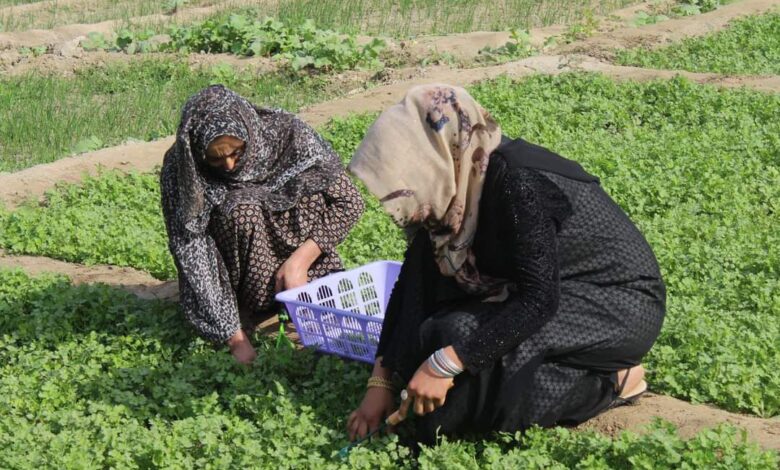
For World Food Day, October 16, 2024, the Afghan Times and IUF Asia/Pacific released a report “Women and Food Insecurity in Afghanistan” highlighting the country’s worsening food crisis, deteriorating health conditions, and rising malnutrition, exacerbated by the Taliban’s systematic repression on women and girls’ rights.
Afghanistan’s agricultural history is deeply intertwined with its geographical and climatic conditions. Traditionally, the country’s food production has centered around a mix of subsistence farming and small-scale commercial agriculture. Key crops include wheat, barley, rice, and a variety of fruits and vegetables. Livestock farming, particularly sheep and goats, has also played a significant role in rural economies.
- Traditional Crops and Farming Practices
Afghan farmers historically grew wheat as a staple crop, with barley and rice also being important. Fruit cultivation, including apples, pomegranates, and grapes, has been significant due to the country’s varied climate zones, which support diverse agricultural activities. Traditional farming practices often involve the use of local knowledge and techniques passed down through generations, adapted to the country’s rugged terrain and limited water resources.
- Rural Reliance:
Rural communities have traditionally been the backbone of Afghanistan’s agriculture. Many families rely on farming as their primary source of livelihood, with agricultural activities being deeply embedded in their social and cultural practices. Farming communities are often self-sufficient, with practices such as crop rotation and traditional irrigation techniques playing a crucial role in sustaining their livelihoods.
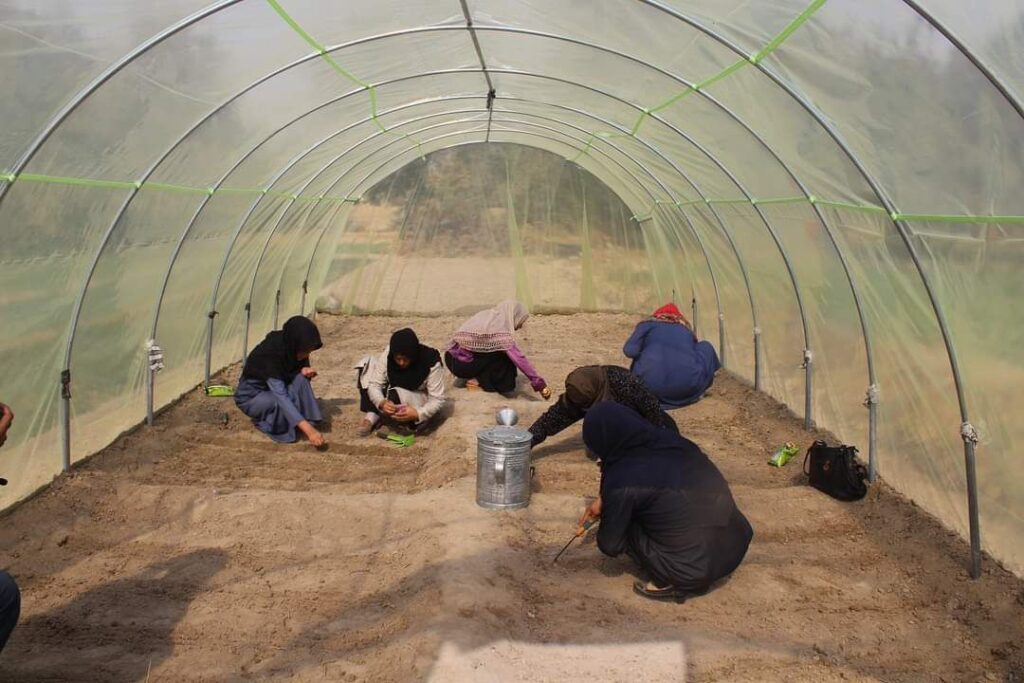
Political and Social Background
Decades of conflict and political instability have profoundly affected Afghanistan’s food systems and rural livelihoods.
- Impact of Conflict and Instability:
Since the late 1970s, Afghanistan has experienced continuous conflict, including the Soviet invasion, civil war, and the rise of the Taliban. Each phase of conflict has disrupted agricultural activities, displaced communities, and damaged infrastructure. The ongoing instability has hindered farmers’ ability to cultivate land effectively, manage irrigation systems, and access markets.
- Political Changes and Their Effects:
The rise and fall of various regimes have led to significant changes in agricultural policies and practices. Under the Taliban’s rule, there were attempts to control and direct agricultural production, but these were often inconsistent and disrupted by ongoing conflict. The 2001 international intervention and subsequent efforts to stabilize the country included initiatives to rebuild the agricultural sector and improve food security, but these efforts have been hampered by recurring violence and political fragmentation.
- Economic and Social Impacts:
The long-standing conflict has led to widespread poverty and unemployment, exacerbating food insecurity. Economic instability has diminished people’s purchasing power, making it harder for them to access food. Additionally, social structures have been affected, with many rural areas experiencing increased levels of displacement and dependency on international aid.
Afghanistan’s food systems have been shaped by a combination of traditional agricultural practices and the profound impacts of decades of conflict and political instability. Understanding this historical and political context is crucial for comprehending the current state of food insecurity in the country.
